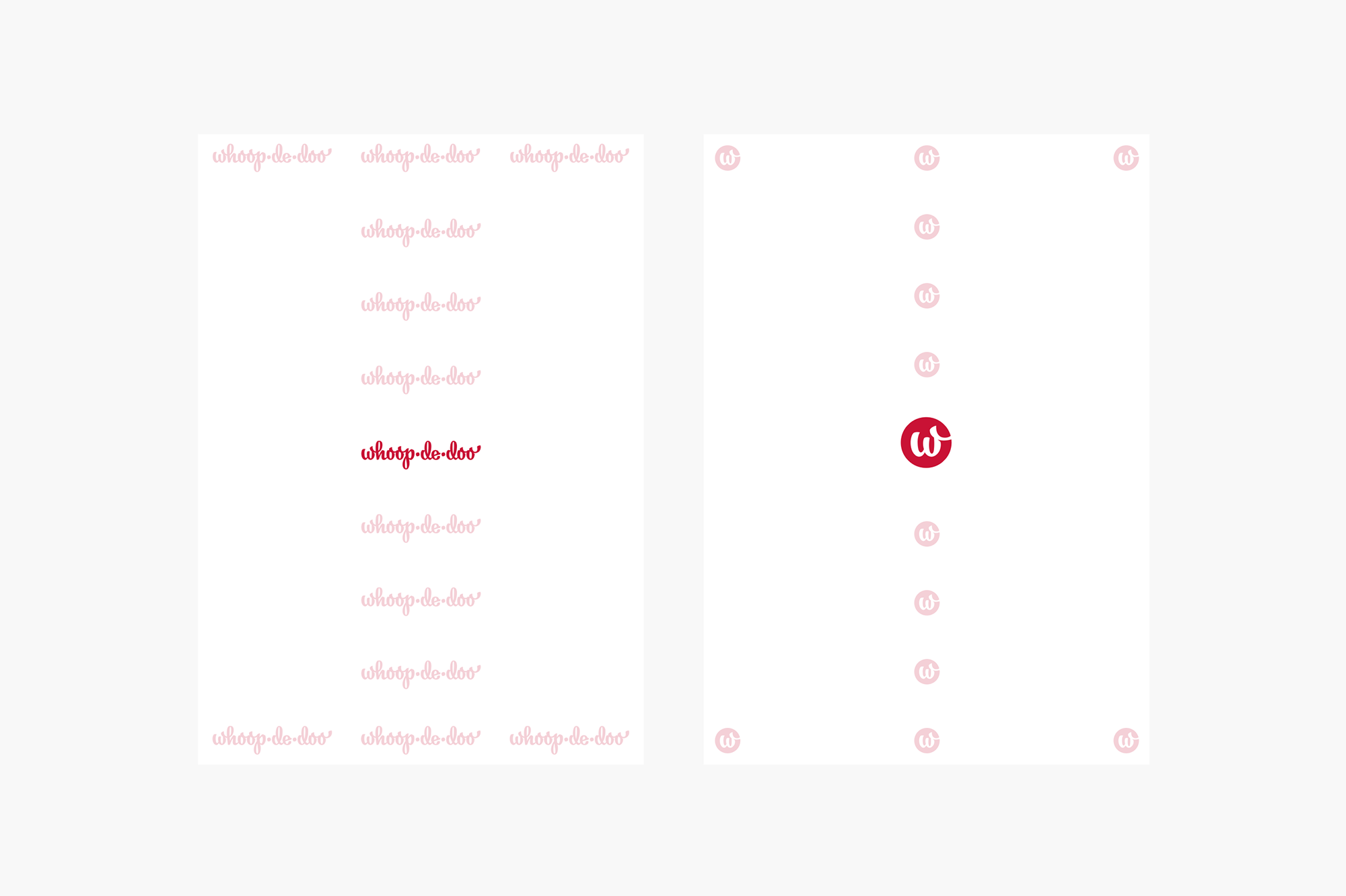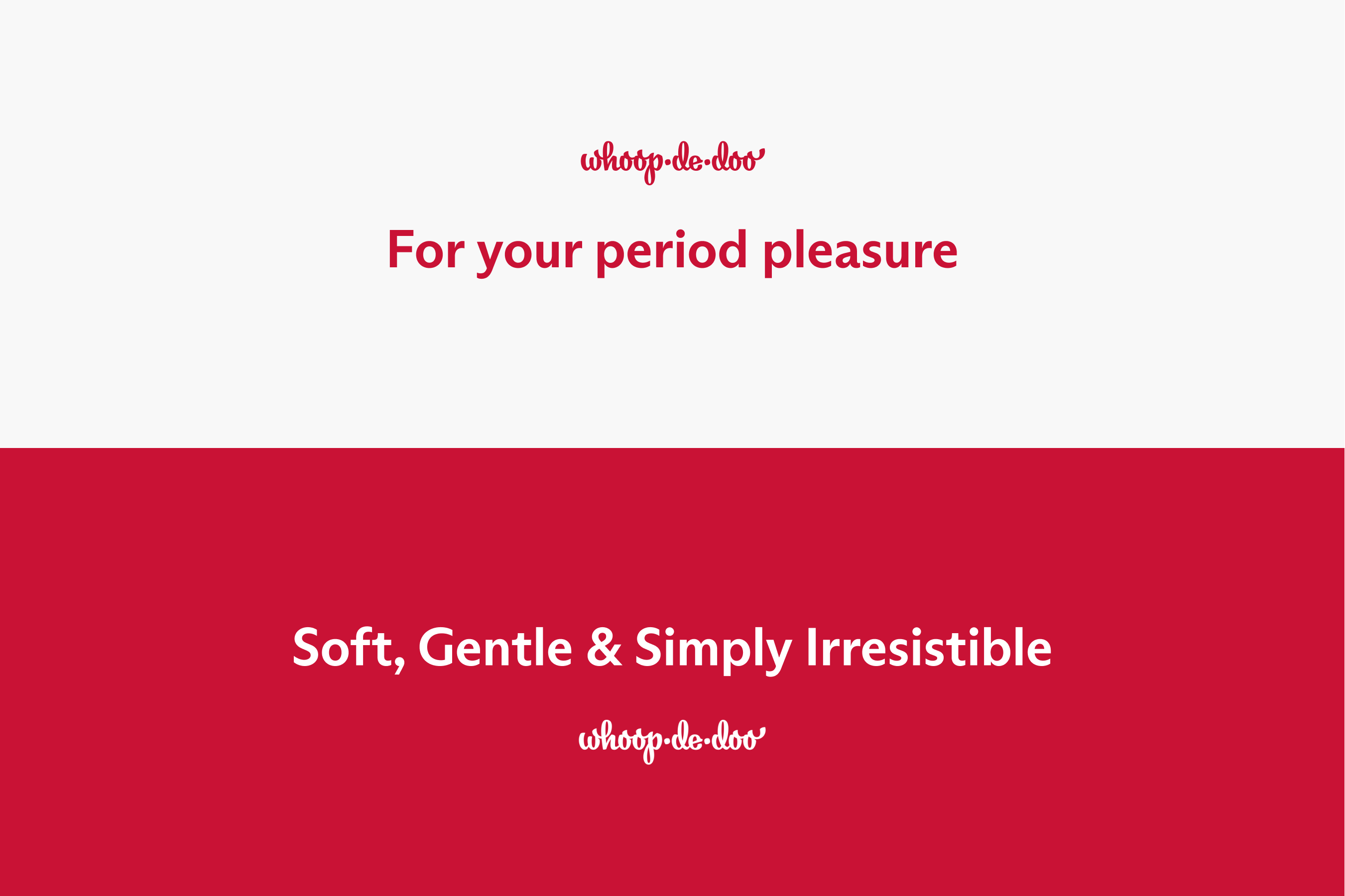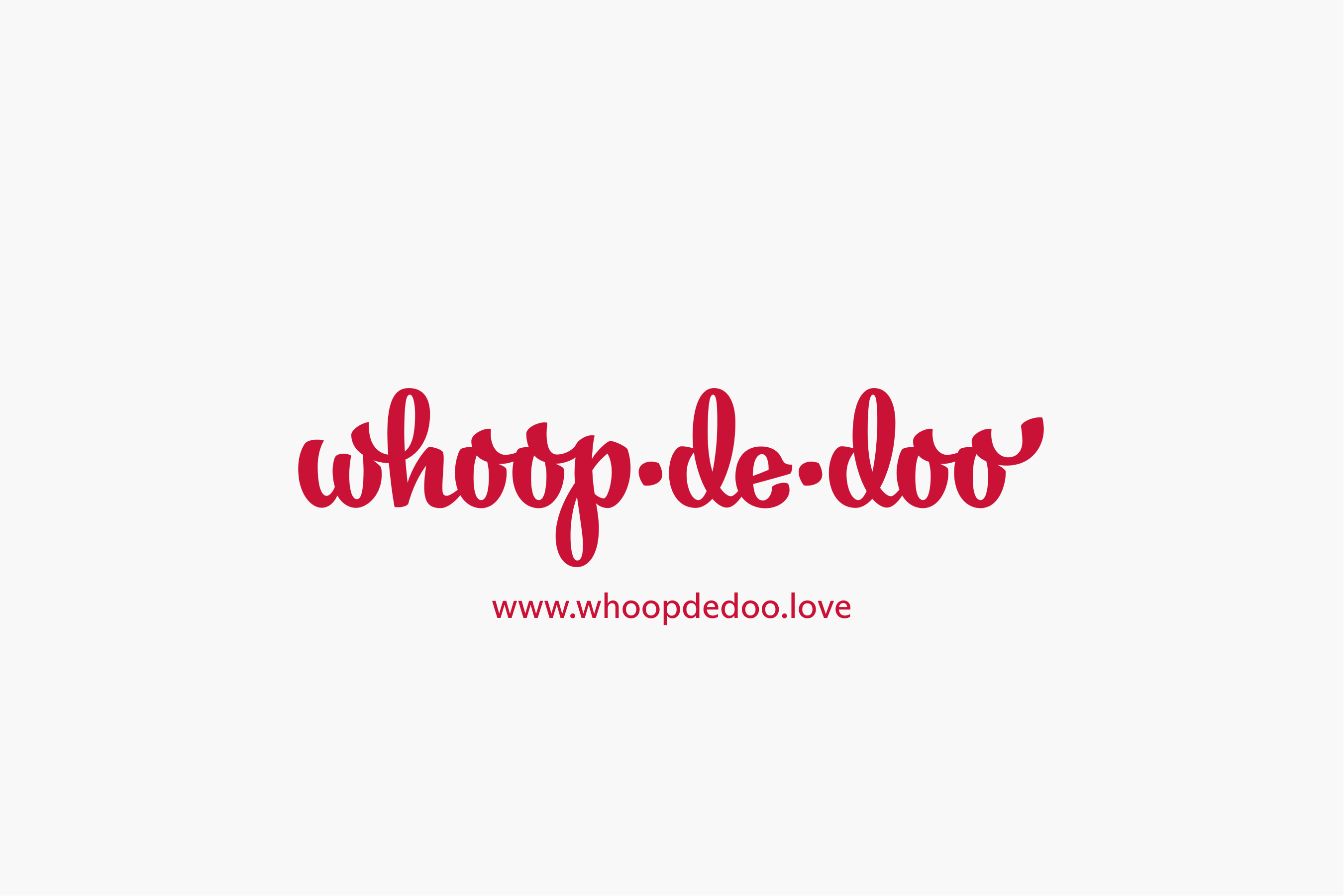

Logo: WDD Red
Background: WDD White
The logo is based on the lettering of the brand name. Its author is Jiří Toman. The logo expresses the balance between purity, moderation and elegance on the one hand and passion on the other. The morphology is based on "emotional" brush calligraphy, but it is set in a clean graphic environment.
The logotype is the default mark for most applications, especially for the first encounter with the brand. It consists of the full brand name in a calligraphic style font.


By downloading a specific version of the logo (Screen Version vs. Print Version) straight away to get the relevant color of the logo for your use. The table shows a summary and the most common cases.
| Features and use of the logo | Version for screen | Version for print |
|---|---|---|
| Color mode of downloaded files | RGB | CMYKPantone |
| Recommended logo formats | PNGSVGPDF | EPSPDF |
| Web and presentations (PowerPoint, Keynote) | ||
| Online documents (Google, Office365) | ||
| Business card, flyer or brochure | ||
| Contracts and documents for printing |
It is a space around the logo, where no surrounding graphic elements (logos, texts, images, page margins, etc.) must interfere so as not to disturb the brand. In most cases, the logo is in the surrounding context of other elements, from which it distances itself and differs due to the space of the protection zone.

The logo is always visually centred horizontally and vertically in relation to the surrounding elements and background surfaces. The area of the logotype without overlapping lower touches of the letter "p" is used to determine the centre.

The basic colour (WDD Red) is used when technologically possible and the mark is sufficiently legible (light shades and materials, saturation 0-10%).
The negative white version is primarily intended for coloured backgrounds, photographs and wherever other versions are not legible (darker shades, saturation 10-100%).When placing the mark on an image, we preferably use the white (negative) version.
On images with too light a background, we recommend placing a black shade with a transparency of 10-20% to maintain the legibility of the white mark.

Logo: WDD Red
Background: WDD White

Logo: WDD Red
Background: WDD White (off white)

Logo: WDD White
Background: WDD Red

Logo: WDD Black
Background: WDD Red

Logo: WDD White
Background: WDD Red (light hover)

Logo: WDD Red
Background: WDD Red (light hover)

Logo: WDD Black
Background: WDD White

Logo: WDD Black
Pozadí: Background: WDD White (off white)

Logo: WDD Black
Background: WDD Light Gray

Logo: WDD Black
Background: WDD Dark Gray (light hover)

Logo: WDD White
Background: WDD Dark Gray (light hover)

Logo: WDD White
Background: WDD Black

Logo: WDD White
Background: Photo

Logo: WDD Black
Background: Photo
The visual impression of the logo must be consistent. In order to achieve this, we follow these rules, which prohibit manipulation of the logo, especially in these ways.

Do not use shadows

Do not rotate logo

Do not recolor logo

Do not deform or change its original proportions of the logo
The basic logotype is connected to the partner brands at twice the distance of the protection zone from the partner brand, a separating line with the height of the protection zone is placed in the middle of this distance. The height of the partner marks should be equal to or less than the height of the line.

When used on transactional materials (invoice, product label, stamp), the basic version of the logotype is supplemented with the registered brand symbol.


The logo and symbol are used in a limited number of locations in the formats to maintain consistency and avoid creating too large blocks of negative space in the overall area. The primary and secondary placement options on the format are always highlighted. Alignment to the vertical centerline or left corner is recommended.

The logo can be used with an additional message, for example as a key visual. The size proportions should correspond to the hierarchy of the message. The relative indentation then corresponds to the size of the logotype or the size of the line. The overall height of the logotype corresponds to the overall height of the font on the line.
Significant additional text messages are set in Arizona Sans Bold with kerning and line spacing set according to the size chart. Smaller text messages are set in Arizona Sans Regular.

The indentation corresponds to the overall height of the logotype.

The indentation corresponds to the overall height of the line.